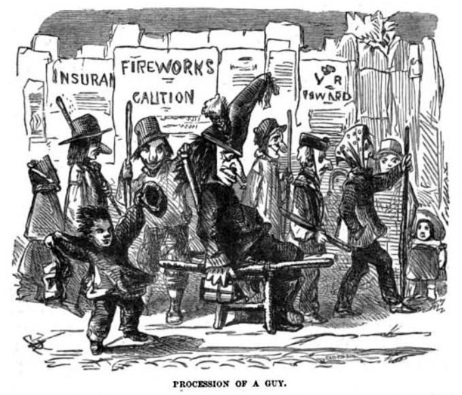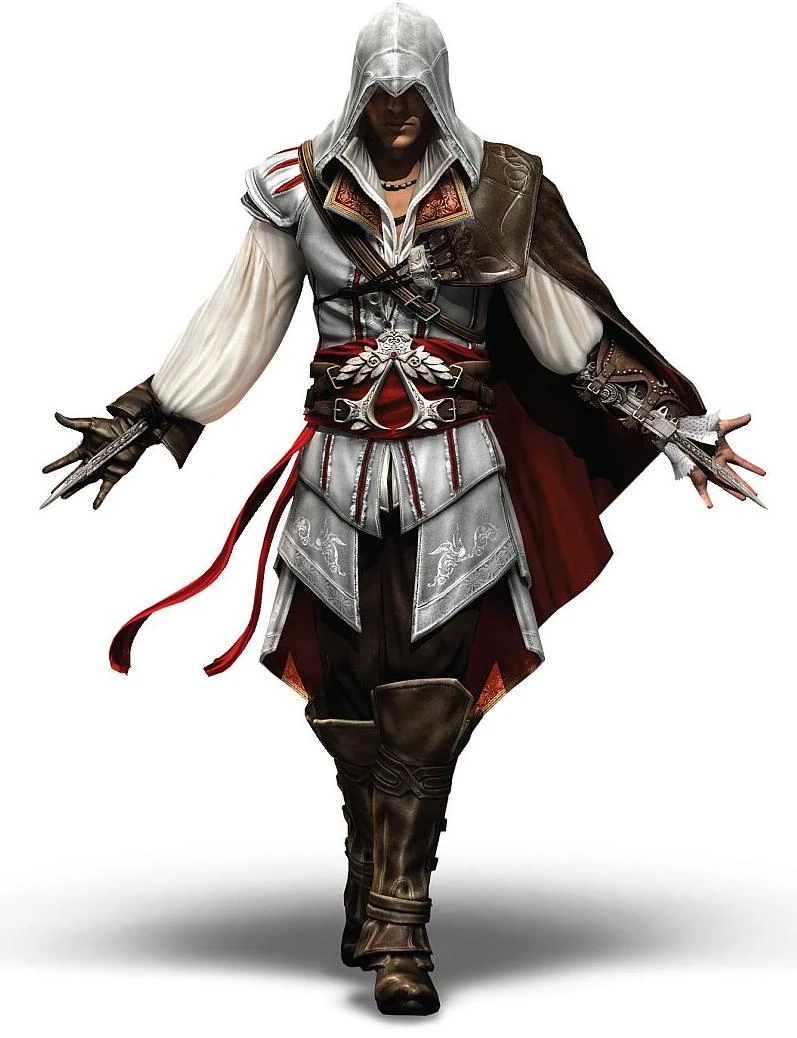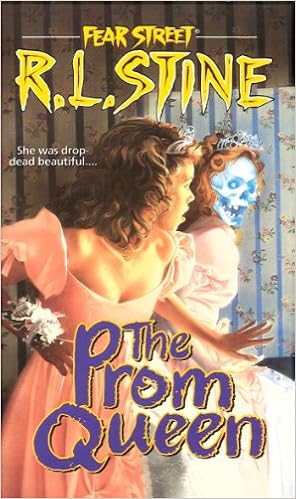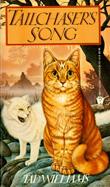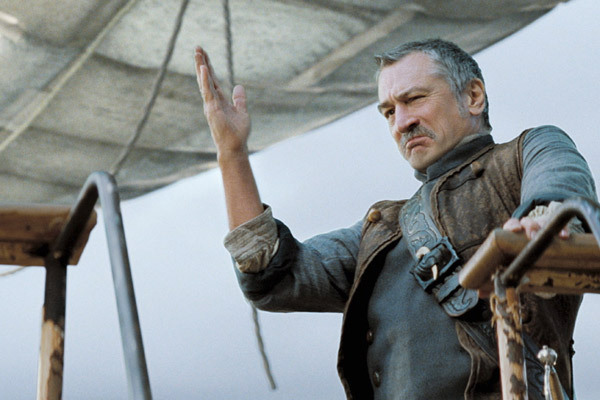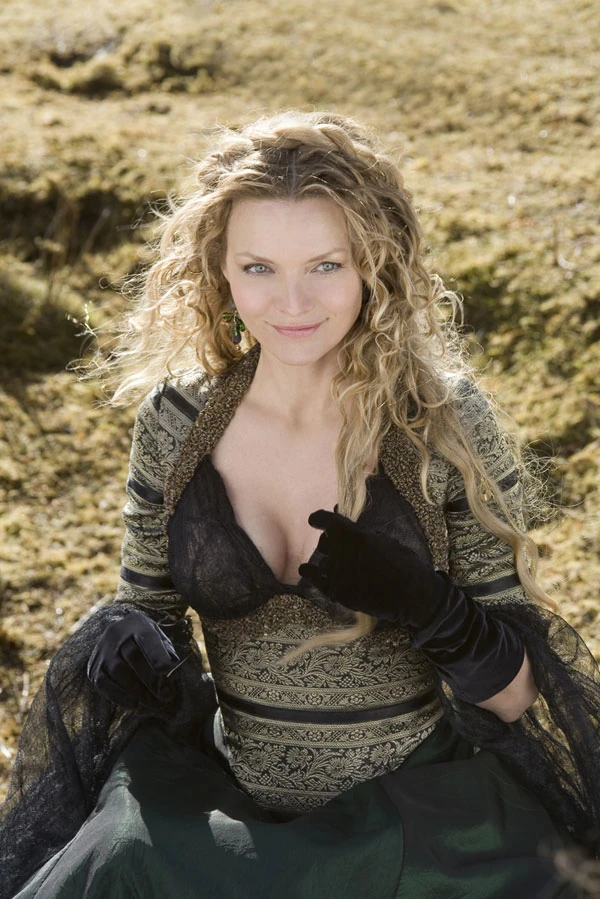Okay, now on with the real review.
Resolution is a western, not a genre I typically read (unless we go back to when I was around 9 and in love with The Oregon Trail and everything western). I bought this book on a whim in a used book store. It turns out it's the second novel starring the characters Everett Hitch and Virgil Cole, the first one being Appaloosa. I haven't read Appaloosa but that wasn't a problem.

The very first page of the novel made me think of the wonderful online group Critique Circle and its infamous Hook Queue, where, only once a month, members have the chance to anonymously critique (savagely tear apart) the opening hook to the pieces submitted.
Just have a look at the entire first page from the novel and, if you're acquainted with the Hook Queue, tell me if it would survive.
I was in the Blackfoot Saloon in a town called Resolution, talking with the man who owned the saloon about a job. The owner was wearing a brocade vest. His name was Wolfson. He was tall and thin and sort of spooky-looking, with a wall-eye.
"What's your name?" Wolfson said.
"Hitch," I said. "Everett Hitch."
"How long you been in Resolution?" Wolfson said.
We were at the far end of the big mahogany bar, sipping whiskey that I had bought us.
"'Bout two hours," I said.
"And you come straight here?" Wolfson said.
I have to admit I said "Oh, crap" when I read that opening scene. Fortunately, the story picks up immediately and we are whisked away to the brand new town of Resolution, where our main character is hired as a gunman for the town saloon.
Despite the choppy and curt style (it's Hitch's point of view, after all), and the ubiquitous "said," the unceasing action--however small--in each short chapter was enough to keep my attention and make me read just a little bit more. By the time I decided to stop I had already reached page 100.
That's probably the best thing about this novel: the chapters are short and focused on one scene.
More characters are introduced as the story progresses, and a main conflict also rears its ugly head: Wolfson wants to claim ownership of everything: the town, the surrounding land, the mine--and all at the expense of the current homesteaders.
Hitch is soon joined by his comrade Virgil Cole, and both end up doing Wolfson's dirty work, even though it goes against their ideals. It was interesting to see two tough western men doing things they didn't agree with, and all for a paycheck. I spent many chapters wondering when their patience would run out and they would turn on Wolfson.
But then the ending came and went without glory. I spoil it for you at the very bottom of this review, so you can have a look at it if you want.
As for the style, the conversations throughout the book had me sniggering more than once. Every spoken line is floating in its own little puddle of testosterone.
And not only that, but practically every line has "he said" nestled in it. After a few pages, I automatically skipped over the dialogue tags, and thank goodness I did because it would have driven me insane (as some Goodreads reviewers complained). Usually, we writers are urged to use "said" as a dialogue tag instead of more colorful options such as "muttered" or "shouted." Supposedly, "said" blends into the background easier.
Not here.
My God, I've never seen "said" used that many times!
Dialogue was, I'd say, the worst part of the novel. In an attempt to be macho cowboy men, the characters fumble through half sentences and speak with periods even when asking straightforward questions. Sometimes it was hard to follow.
All in all, because it kept me entertained throughout, but also had cringeworthy dialogue and a disappointing resolution, Resolution receives three Pirates.
** Ending spoiler.**
Wolfson fires the main characters and hires ex-military men to control the town. The main characters arrange a meeting with Wolfson. Wolfson appears with two escorts, Virgil Cole shoots them all dead. End of conflict.




